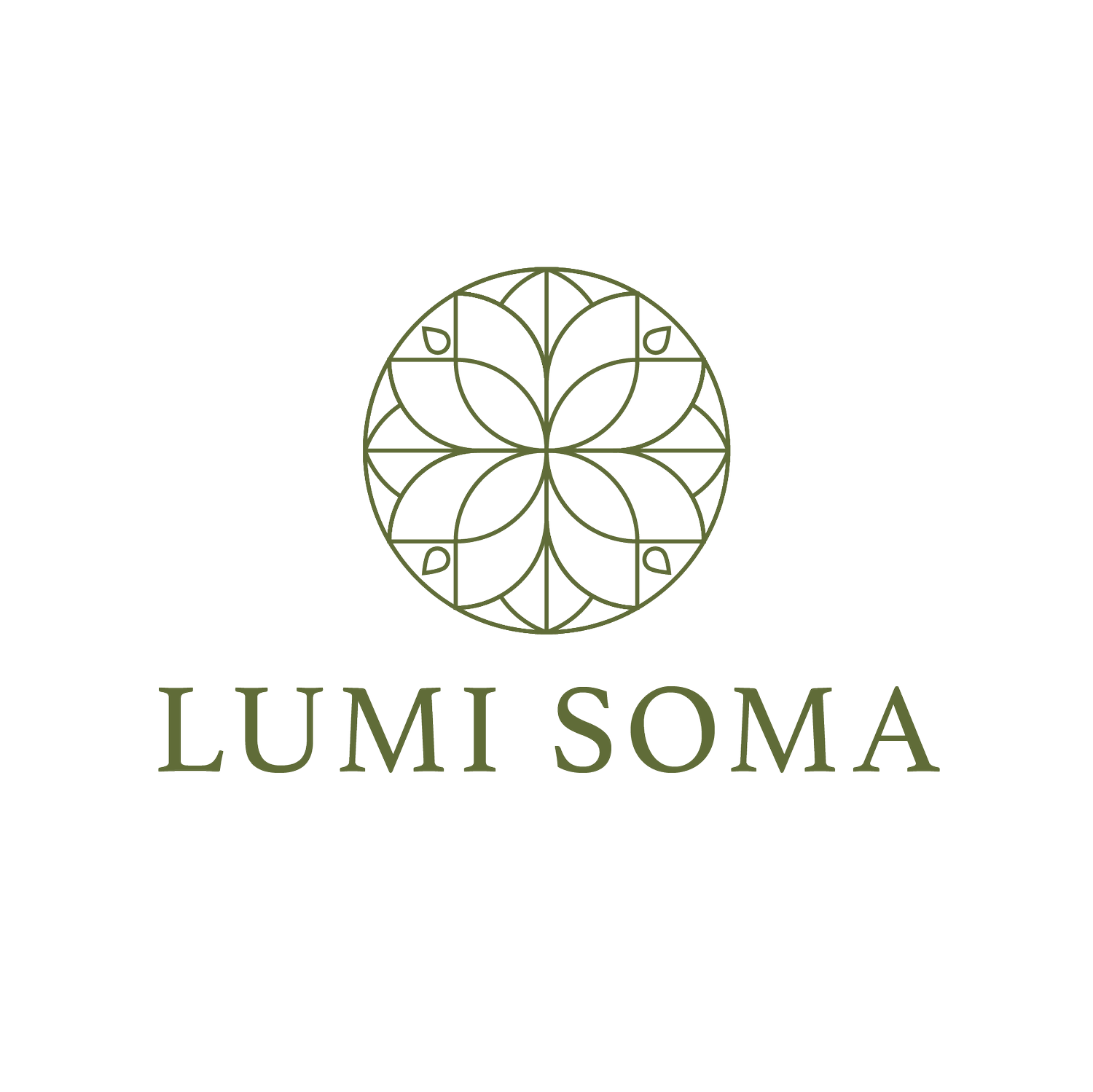How Gua Sha Supports Lymphatic Health (Without Being a Lymphatic Treatment)
One of the most common misconceptions I hear about facial Gua Sha is that it’s a lymphatic drainage treatment.
It’s not.
While Gua Sha can support lymphatic health beautifully, it isn’t a direct lymphatic drainage technique, and that distinction is really important. In fact, Gua Sha works on a different system entirely: the fascia.
Let’s break that down.
So what is the lymphatic system?
Your lymphatic system is like your body's internal clean-up crew. It helps move waste, toxins and excess fluids out of your tissues and back into circulation. It's a one-way system unlike the blood, it doesn’t have a pump and relies on movement, breath, and muscle contractions to flow efficiently. That’s why things like walking, deep breathing, and gentle manual techniques can really help support it.
You’ve probably heard of lymph nodes, there are clusters of them around the ears, jaw, neck and collarbones which is why facial work can sometimes reduce puffiness and dullness when done with care.
Where Gua Sha comes in
Gua Sha is a fascia-focused technique. Fascia is the body’s connective tissue web that wraps around your muscles, organs, and yes even your lymph vessels. It's also a communication system in the body, highly responsive to tension, trauma and stagnation.
When we use Gua Sha tools with the right technique (always slow and intentional, never rushed or overly firm), we gently release adhesions and restrictions in the fascia. And when fascia is more fluid and mobile, lymph can flow more freely through the spaces it travels.
That’s how Gua Sha indirectly supports the lymphatic system. It creates better terrain for the lymph to move through, without directly working on the lymph vessels themselves which require an entirely different touch and rhythm.
The full-body connection
Here’s something I always teach my students: if someone’s face is puffy, we don’t just work on the face. The lymphatic system is full-body. It’s all connected.
When you address the tension in the shoulders, neck, and even the chest or back, you’re opening up the drainage pathways the lymph actually needs to move through. That’s why we always start with breath, posture, and grounding before diving into any facial work.
Why it matters
Understanding the difference between a lymphatic treatment and a fascia treatment like Gua Sha empowers you as a practitioner to work more effectively and more ethically. It also helps clients get the best results because you’re not just mimicking trends, but actually working with the body in a way that makes sense.
Gua Sha is not a shortcut or a surface-level trend. When taught properly, it’s a deeply intelligent method of supporting skin health, circulation, and natural detoxification not because it’s a lymphatic treatment, but because it clears the way for the lymph to do its job better.

